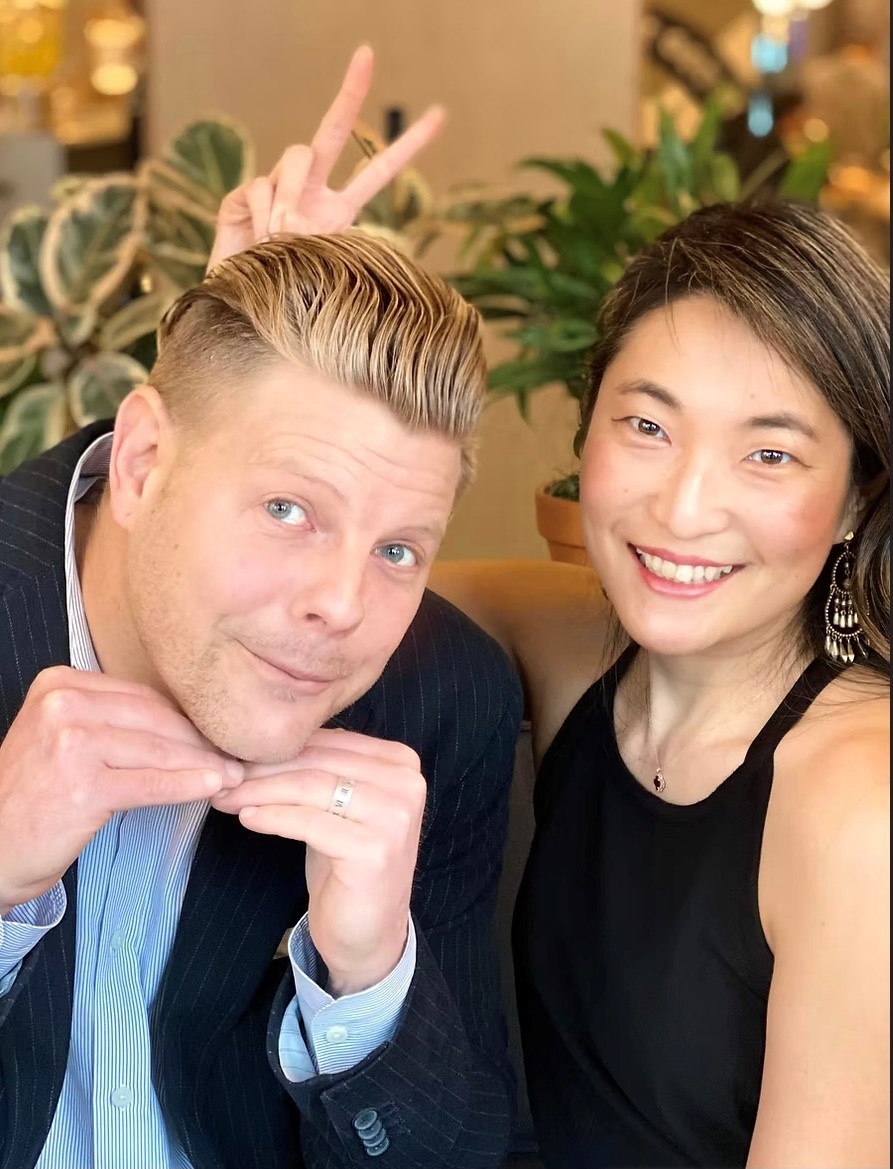Voices That Inspire
A WORD FROM OUR PARTNERS

Leadership Agility
Resilience lies at the heart of effective leadership, enabling leaders to face uncertainty, adapt to evolving circumstances, and drive progress even in the face of adversity. It’s more than just withstanding challenges. it's about growing through them with renewed insight, strength, and direction. Transformational leaders build resilience by being open to vulnerability, creating environments of psychological safety, and demonstrating adaptability. This approach not only strengthens their teams' agility but also sustains engagement during periods of disruption. Ultimately, resilience fuels innovation and lasting success, redefining leadership as a powerful catalyst for purposeful and enduring change.
Dr. Arden Dudek.
Dr. Arden Dudek.

Our Neighbors
At Feed the Hungry, we believe that caring for those around us is essential to building a compassionate and connected community. Simple acts like offering a helping hand with groceries, checking in on an elderly neighbor, or sharing a warm meal can make a powerful impact. These everyday gestures remind us that no one should have to navigate hard times alone.
Kindness, even in its smallest form, strengthens the bonds between us and creates a sense of safety and belonging. When we look out for one another, we help shape a world where everyone is seen, valued, and supported.
Feed the Hungry.
Kindness, even in its smallest form, strengthens the bonds between us and creates a sense of safety and belonging. When we look out for one another, we help shape a world where everyone is seen, valued, and supported.
Feed the Hungry.

Today’s Artist
As a watercolor artist working with natural pigments, I’ve discovered that true success requires patience, curiosity, and deep respect for the natural world. My colors aren’t bought, they're gathered. They come from the earth itself: stones, plants, and soil. Each pigment must be carefully sourced, ground, blended, and tested before it ever touches paper. It’s a slow, intentional process.
I strive for vibrancy. Each hue is chosen to enhance the story being told. Creating with nature, as my partner, allows me to craft work that feels honest and quietly beautiful. There’s something powerful about letting the earth speak through color.
Letter Sparrow.
I strive for vibrancy. Each hue is chosen to enhance the story being told. Creating with nature, as my partner, allows me to craft work that feels honest and quietly beautiful. There’s something powerful about letting the earth speak through color.
Letter Sparrow.

The Power of Resilience in Video Production: Thriving Amid the Chaos
Resilient producers don’t break when unexpected setbacks strike be it bad weather derailing a shoot or a last-minute crew cancellation. They adapt. They find workarounds, revise schedules, and still bring compelling stories to life. This ability to stay flexible, emotionally steady, and confident sets the tone for the whole team, fostering an environment where obstacles spark innovation rather than stress.
Resilience isn’t only about reacting well in the moment. It’s built over time. It comes from experience, self-awareness, and intentional mindset shifts. Prioritizing mental and physical well-being, staying grounded in your creative purpose, and learning from each project all contribute to that inner strength. Resilient producers also recognize when to seek support, when to delegate, and when to pause because burnout serves no one.
In a field where perfection is rare and unpredictability is the norm, resilience becomes your most essential tool. It not only helps you complete the project. It shapes you into a stronger producer, leader, and storyteller every time you press “record.”
Jenn Pfahlert.
Resilience isn’t only about reacting well in the moment. It’s built over time. It comes from experience, self-awareness, and intentional mindset shifts. Prioritizing mental and physical well-being, staying grounded in your creative purpose, and learning from each project all contribute to that inner strength. Resilient producers also recognize when to seek support, when to delegate, and when to pause because burnout serves no one.
In a field where perfection is rare and unpredictability is the norm, resilience becomes your most essential tool. It not only helps you complete the project. It shapes you into a stronger producer, leader, and storyteller every time you press “record.”
Jenn Pfahlert.

Resilience: A Chiropractor’s View on Healing and Strength
In chiropractic care, resilience isn’t just a concept. It's a guiding principle. Chiropractors work in harmony with the body’s innate capacity to heal, adapt, and recover. Every adjustment and treatment plan is crafted to support the nervous system and musculoskeletal alignment, helping patients not only overcome pain or injury, but also achieve greater strength and balance both physically and mentally.
We see resilience in our patients when they stay committed to their care, even when progress feels gradual. It reveals itself in the small but meaningful shifts: reduced discomfort, improved mobility, and sharper mental clarity. Resilience also lives within us, the practitioners. Long hours, the ongoing need to educate and inspire, and the emotional demands of caregiving require us to stay centered, optimistic, and resilient ourselves. This professional endurance is vital to truly making an impact in the lives we touch.
Real resilience isn’t about pushing through pain or ignoring what the body is telling us. It’s about tuning into those signals, responding with intention, and trusting the healing journey. Whether we’re treating acute injuries or supporting long-term wellness, we see resilience unfold in our work every day. As caregivers, we must reflect that same strength staying curious, compassionate, and committed to growth.
In chiropractic practice, resilience bridges the gap between challenge and transformation. It’s how the body heals, how the mind stays focused, and how we continue to serve with purpose—one adjustment at a time.
Dr. Michael Halsell
We see resilience in our patients when they stay committed to their care, even when progress feels gradual. It reveals itself in the small but meaningful shifts: reduced discomfort, improved mobility, and sharper mental clarity. Resilience also lives within us, the practitioners. Long hours, the ongoing need to educate and inspire, and the emotional demands of caregiving require us to stay centered, optimistic, and resilient ourselves. This professional endurance is vital to truly making an impact in the lives we touch.
Real resilience isn’t about pushing through pain or ignoring what the body is telling us. It’s about tuning into those signals, responding with intention, and trusting the healing journey. Whether we’re treating acute injuries or supporting long-term wellness, we see resilience unfold in our work every day. As caregivers, we must reflect that same strength staying curious, compassionate, and committed to growth.
In chiropractic practice, resilience bridges the gap between challenge and transformation. It’s how the body heals, how the mind stays focused, and how we continue to serve with purpose—one adjustment at a time.
Dr. Michael Halsell

